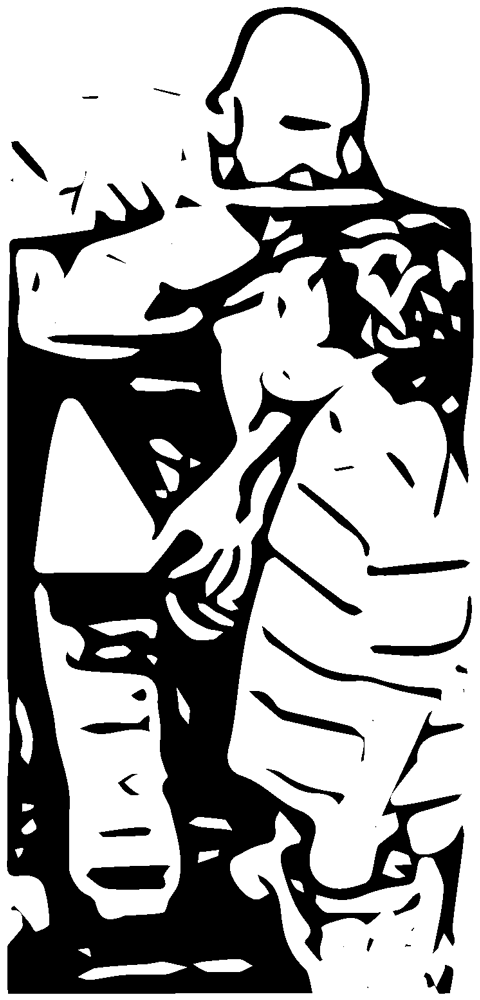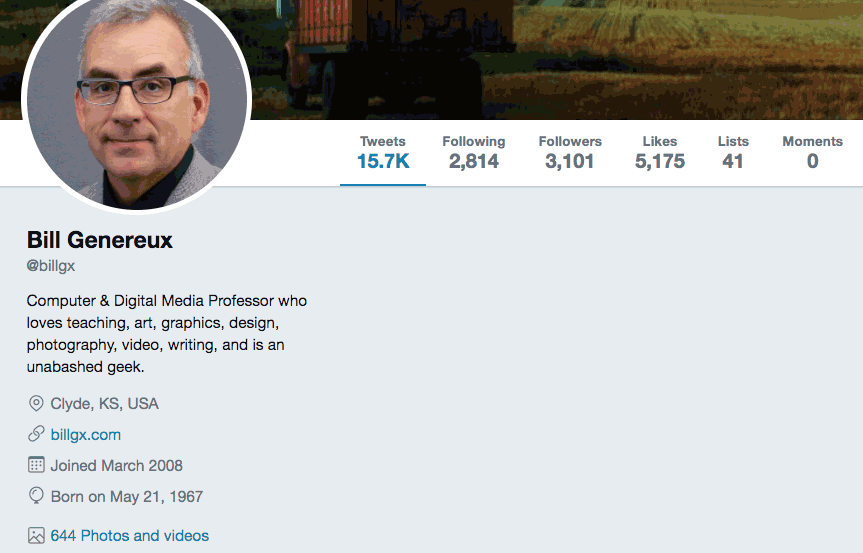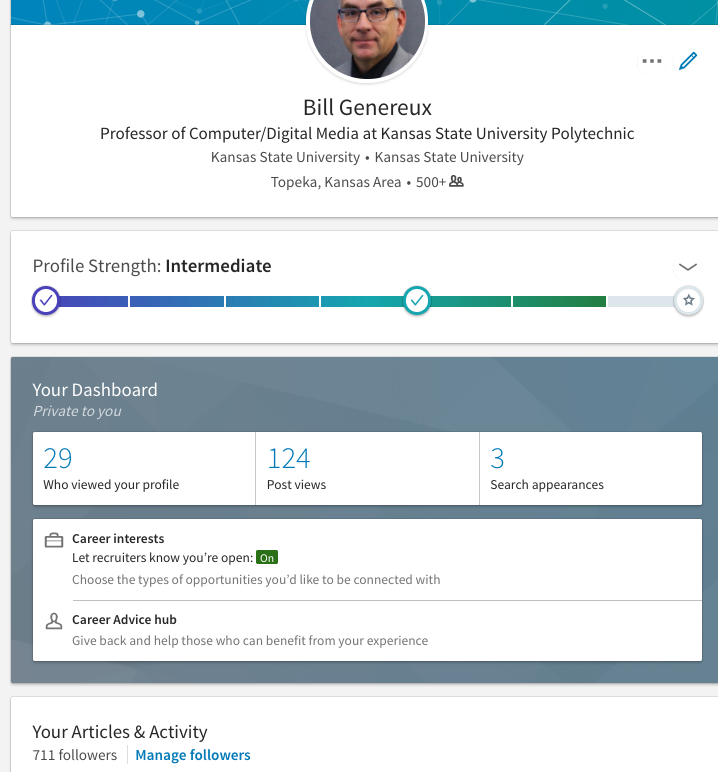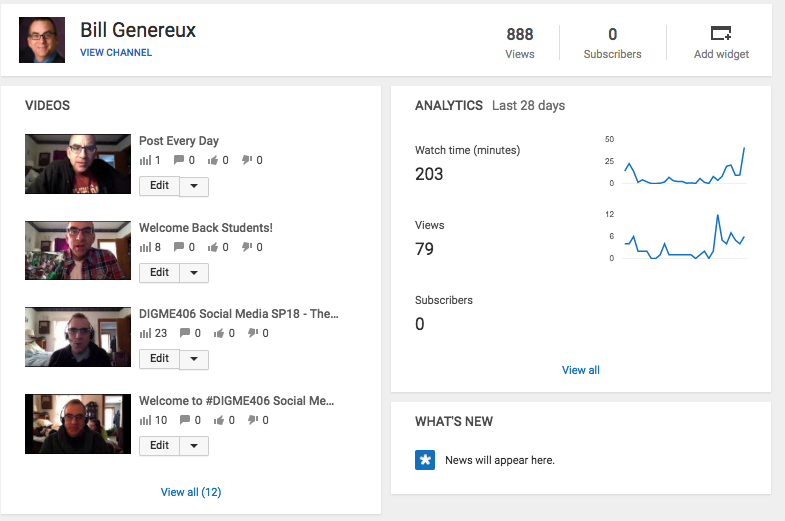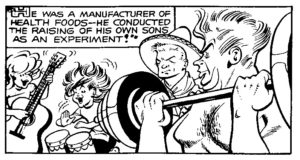DIGME 406 Twitter FAQs
Q: Why Twitter? What makes Twitter special?
A: Twitter is special because it is open. You don’t even have to be a Twitter member to see other people’s tweets. To correspond on many social media platforms, you must be connected. Take Facebook for example. It is possible to send a message to “non-friend” on Facebook, but that message can get buried, and it is hit or miss as to whether or not it will even be seen, let alone responded to. With Twitter, you do not have to “follow” someone or be “followed” by them to communicate if your settings are set to public, which is the default. With Twitter, there is unparalleled access to people of knowledge and influence. While Twitter can be used as a broadcast medium, there is a conversational culture that is present, and that presents exciting possibilities.
Q: How do I know who I should follow?
A: Begin with a search at http://search.twitter.com. Use search terms that reflect your interests in things you would like to learn more about. That is how to find some initial people to follow. Then, when you discover someone who seems knowledgeable or influential in that area, take a look at who they are following and interacting with. Look at their feed and see whose tweets they are retweeting. Viewing someone’s followers can be a peek into their mind. You can see the connections they have made, and what fields of thought they think are important. Then when you find someone else that seems interesting, repeat the process.
Q: How can see only tweets related to #digme406?
A: Everyone should use the #digme406 hashtag on every tweet you want the group to see. That way you can search for #digme406 and see tweets tagged with that. Also, I have set up a list of everyone in our group. You can subscribe to the list at https://twitter.com/billgx/lists/digme406 and see all tweets by group members, not just those with the hashtag.
Q: How do you keep up with everything? I don’t want to follow too many people, because then I won’t be able to read everything.
A: One popular analogy is to think of your Twitter feed as a stream or river. If you are thirsty, you don’t try to drink every drop that comes by. Dip your cup into the stream and take a sip or a gulp, whatever suits you. Don’t feel guilty that you haven’t kept up with everything, because that’s not the point. The point is that you are on there and getting benefit from being there.
Q: What is the best way to use Twitter?
A: The best way is the way that works for you. If you are always on the go, the Twitter mobile app might be best. If you have a tablet or computer, you might want to consider using Tweetdeck, which provides added functionality to Twitter. With Tweetdeck, you can get several views of Twitter at once. http://tweetdeck.twitter.com Tweetdeck lets you view the tweets of individuals, lists, or that include specific terms or hashtags. It is very powerful.
Q: What is a “tweet” exactly?
A: Originally, a tweet was 140 characters long. A short bit of information. Just a tweet.
Q: What is a “retweet”?
A: A retweet is reposting a tweet shared by someone else. It is a way of sharing what was said. You can do that with or without comment.
Q: Who sees what I tweet?
A: Normally, people who follow you see your tweets, although if your tweets are public (the default) anyone can find them by viewing your profile and clicking on tweets, or they can see them by using a search that matches something you’ve posted. One way to make sure someone sees a tweet is to @ “at” them with their username. If you “at” someone, they get an alert telling them about it.
Q: What else happens when I “at” someone?
A: When you begin a tweet with the @ symbol, the tweet is directed to that user alone, and the tweet doesn’t show up in your other followers’ Twitter feed. One common work-around for tweets that you’d like others to see is to put a “period” in front of the “at” as in .@billgx. That simply makes the tweet begin with something other than @ so the system doesn’t hide it from other users. That being said, an @ beginning message is not private. It can still be viewed by others. It is just not pushed out into follower feeds. There is a direct message feature that can be used for messages that are not meant to be publicly viewable.
Q: What should I tweet on Twitter?
A: Share anything you like. Tweets related to our Social Media studies should be tagged with #digme406
Q: How often should I tweet?
A: It’s difficult to have a great conversation or discussion if you only check in with us once a week. Every day would be ideal, but a few times a week would be sufficient.
Q: What are “powerups” on Twitter?
A: Powerups are a way to “gamify” the course so we can keep score each week as a comparison with one another. I will post more information on powerups very shortly.
Q: What is the best way to use Twitter?
A: The best way is the way that works for you. If you are always on the go, the Twitter mobile app might be best. If you have a tablet or computer, you might want to consider using Tweetdeck, which provides added functionality to Twitter. With Tweetdeck, you can get several views of Twitter at once. http://tweetdeck.twitter.com



